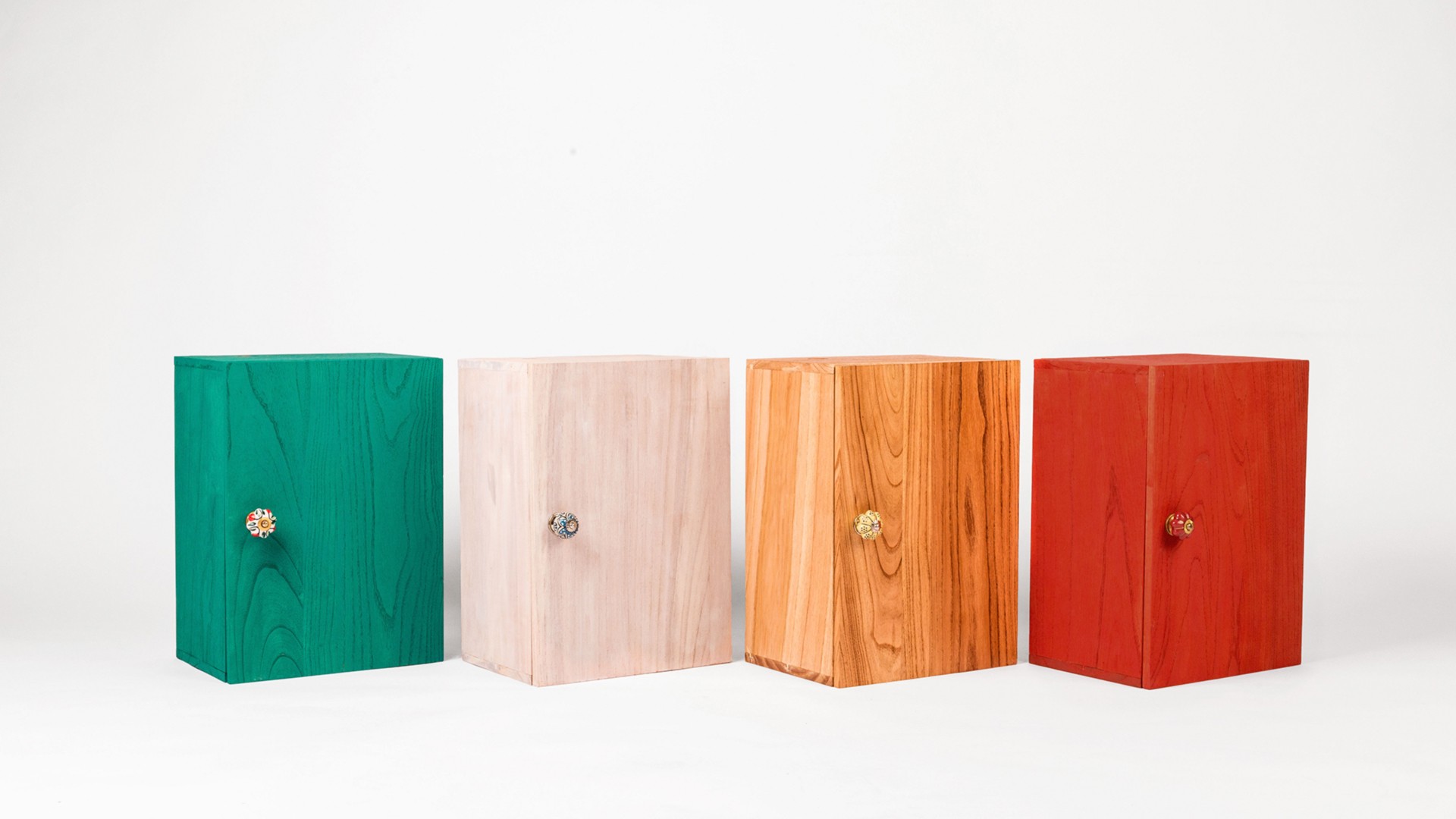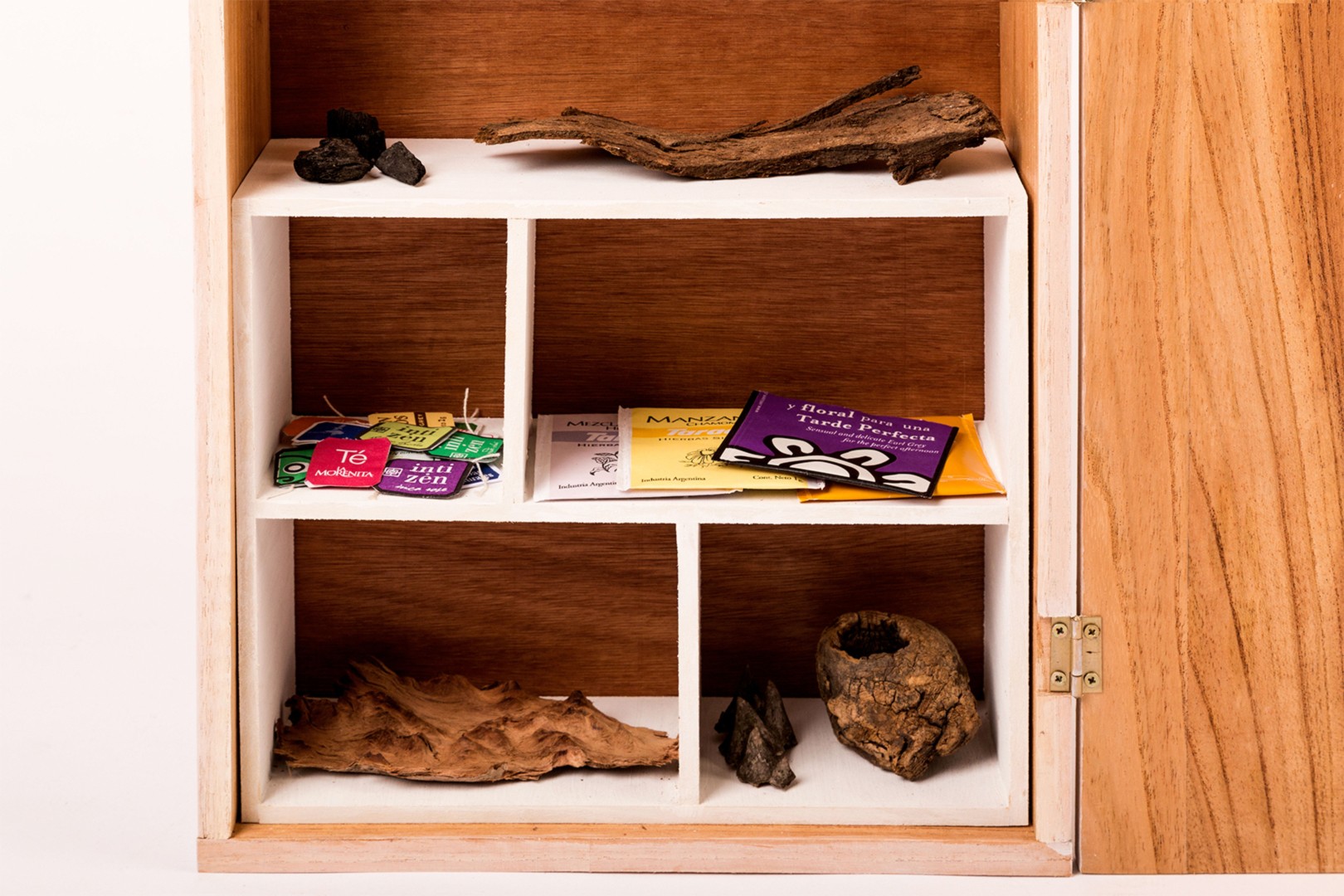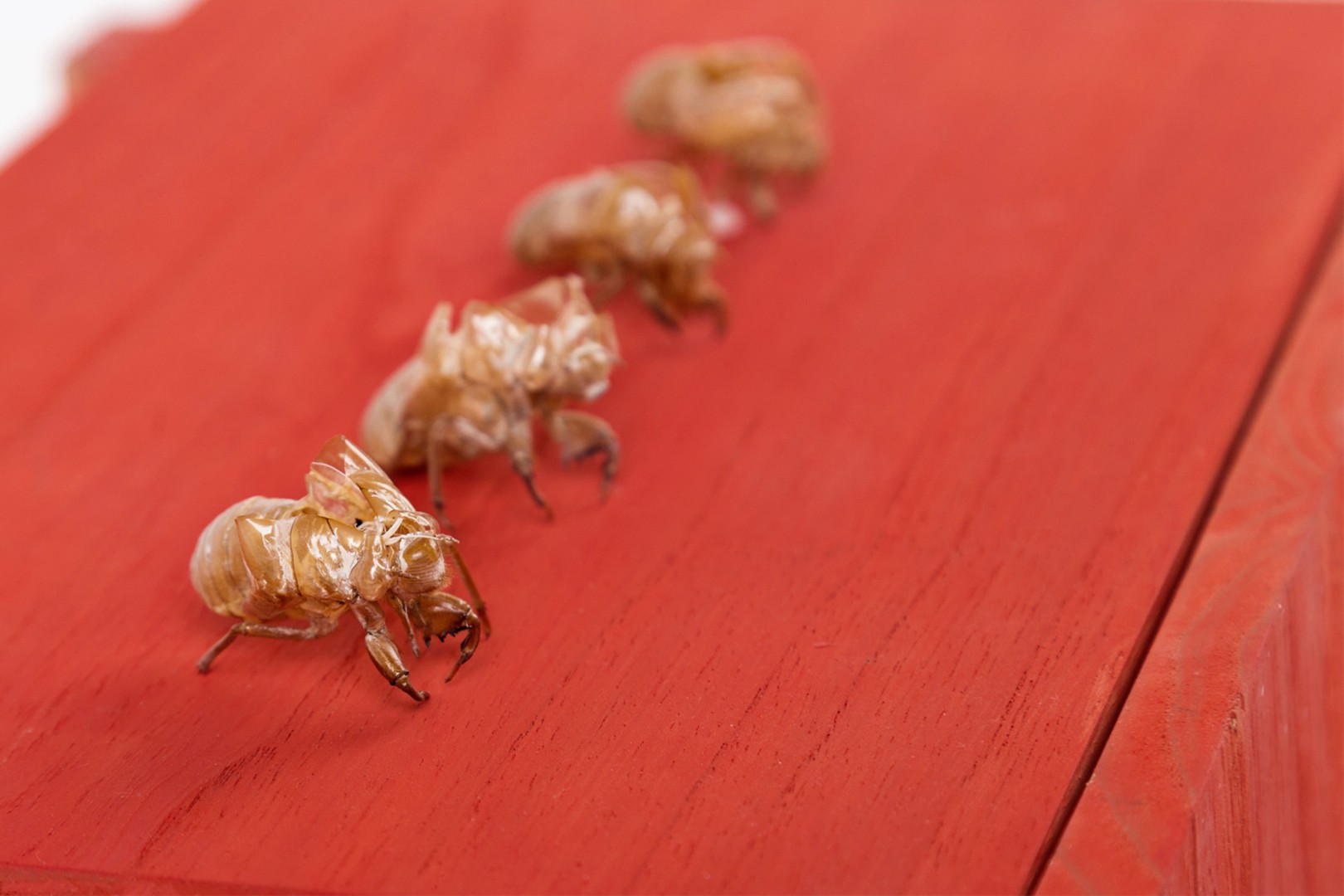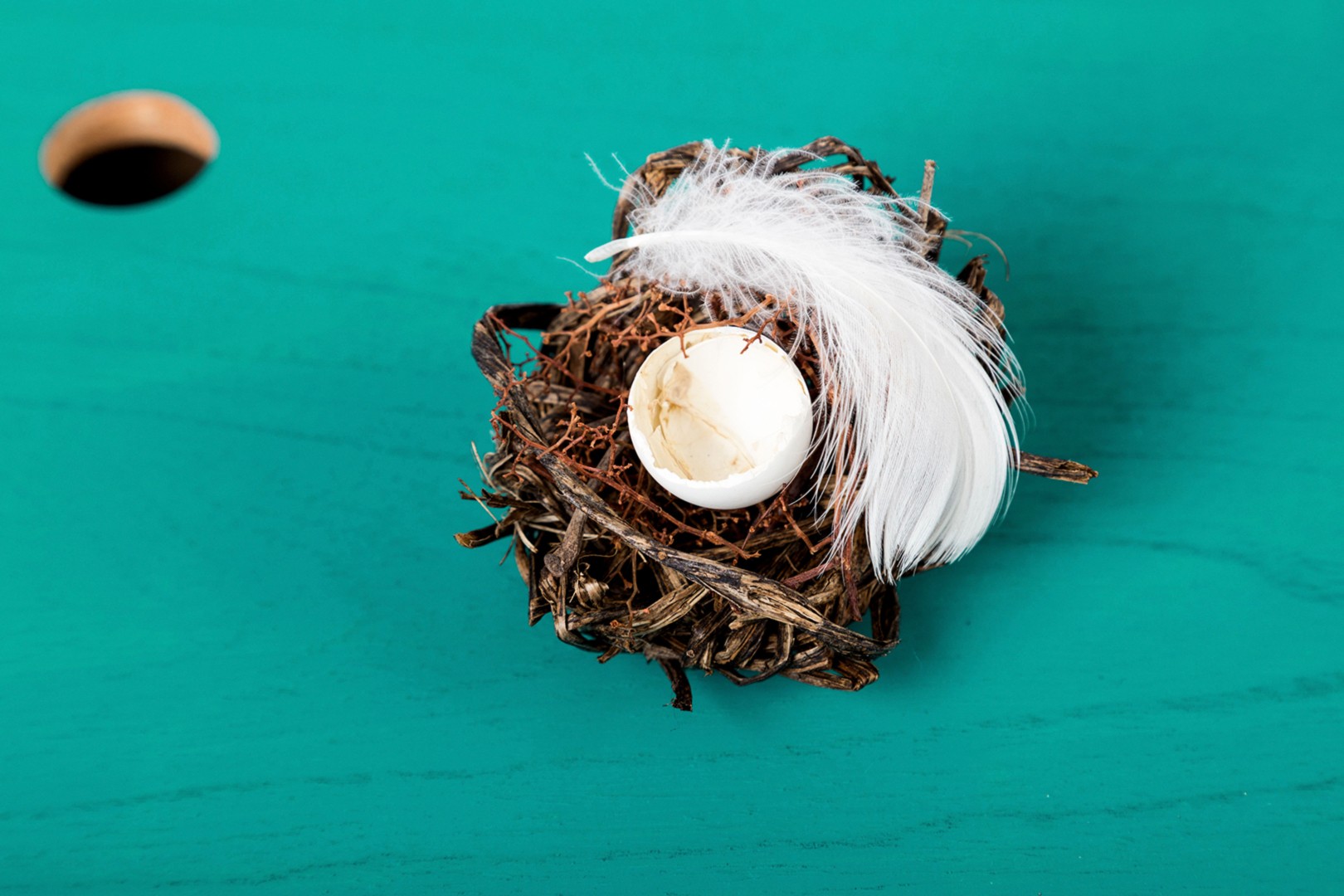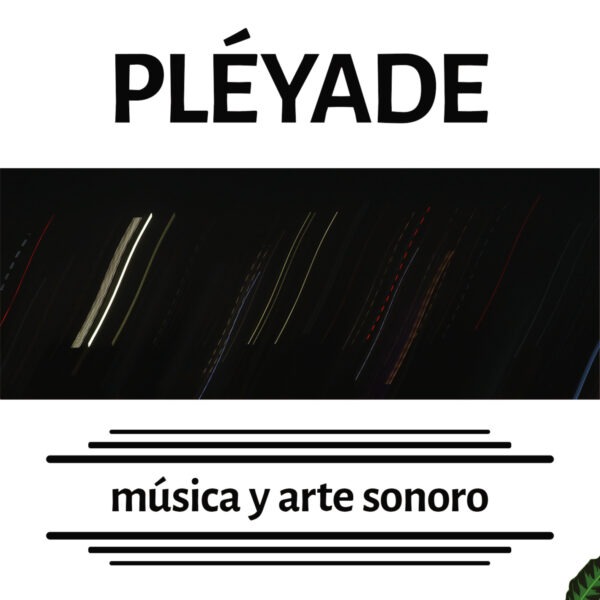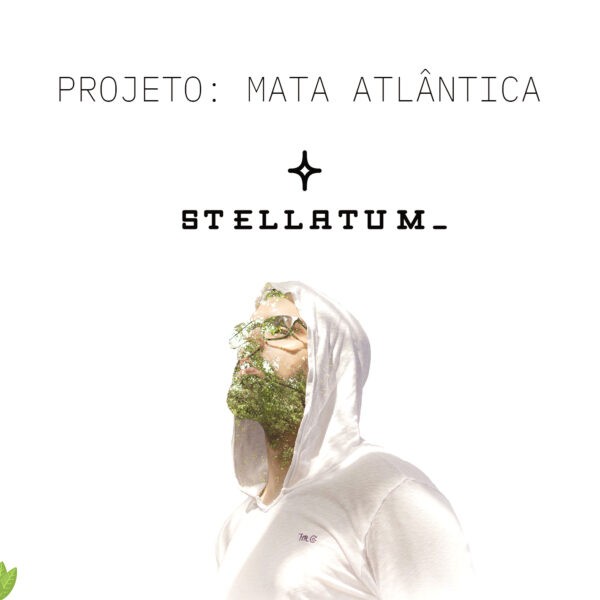A sound, to me, has a lot to do with time.
Hildegard Westerkamp
The passage of time. The quality of time passing. How it passes.
And if we listen to that, we are very much inside the sound, very much inside the soundscape.
Artists who spend a great deal of time actively and consciously listening to our sound universes end up constructing a kind of affective sound taxonomy. A classification and organisation of the sounds we experience in our environment according to the emotional or affective impact they have on us. Sounds that take us back to our childhood and trigger memories, sonorous powers charged with meaning that speak to us of each season or the place where we are.
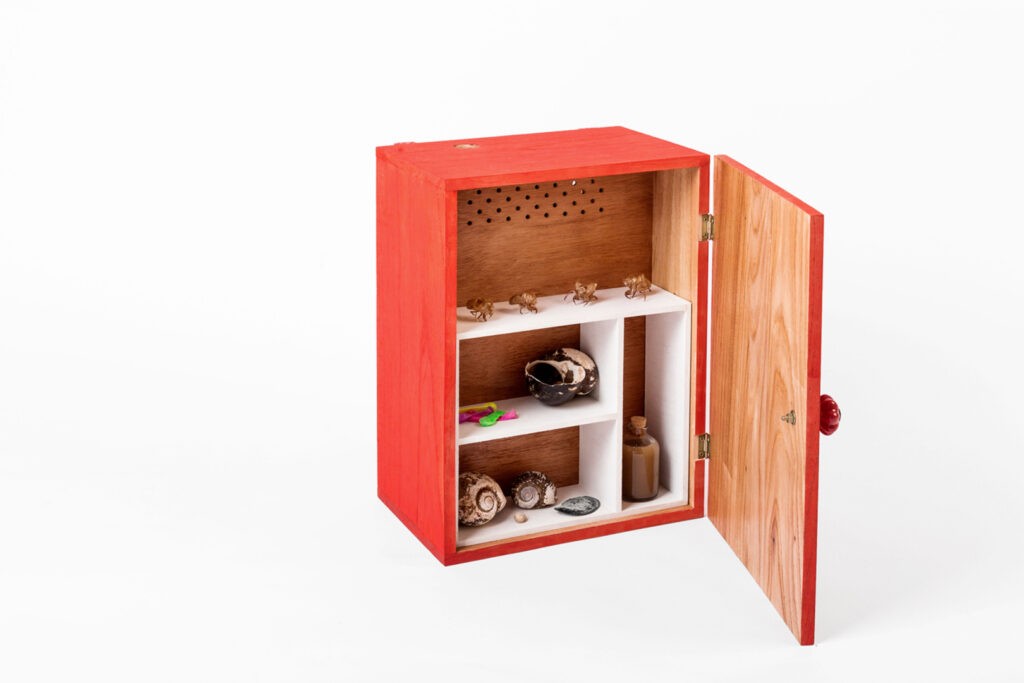
Florencia also composes her work. Organising and decomposing each of the sounds that she has been collecting for more than a year and that are part of her affections, of her daily life and of the sound identity of Santiago, her city. The bugle of a churro seller in the winter or even three of them with the same bugle sounding in surround in a city park, the ice cream cart in the summer, the song of the cicadas that reveals if the summer will be hot, the bus from the coast naming the stop at the Balneario la Florida and the sounds of home that could be perceived during the quarantine imposed by the COVID. With this affective sound taxonomy, her intuition and a playful spirit, the artist composes ‘Las cuatro estaciones’, Haikus Sonoros para Rosario. Through rustling, humming, splashing, the crackle of fire, the whisper of the wind and the chirping of birds and cicadas, she transports us to a sonic fiction that explores the cycles of weather and challenges us to reflect on our relationship with nature and, above all, with our capacity to listen to what is more than human.
With the sound Haikus, Florence wonders:
What changes and what remains in the urban soundscape through the seasons?
What are those sounds that are definitely linked to our memory of the cycles of climate?
How have these sonorities been transformed in the context of the climate change we are experiencing?
Starting from these questions, the artist constructs the sound installation that is part of this work: four boxes representing the four seasons and in each box a sound haiku and a series of objects collected in each cycle of the year. Through her decision to make the four boxes sound simultaneously, the artist reminds us that, as a consequence of the climate crisis, the borders that distinguish one season from another are blurring.
The resulting cacophony challenges us with new questions:
What will happen to the bugles of the churros that herald winter?
Will the cicadas’ song become more persistent and frequent as the heat becomes more and more intense?
What will the cry of the river sound like when the meanders dry up?
What will the song of the birds sound like as they lose their migratory flight path?
I can imagine that Florence invites us on this sonic journey in the hope that one day, we humans will remember that we are not separate from nature, but interconnected with all life forms on the planet. In that time to come, our Mother Earth will recover her wild symphony, and if we humans continue to inhabit this world, we will learn to listen again.
A sound work such as the one proposed by Florencia is necessary to sow in us a reflection on the crucial moment humanity is going through. It is evident that the data of science, however scandalous and worrying they may be, have not been enough for us human beings to be moved and moved in another direction.
Perhaps art is the space where this commotion is possible.
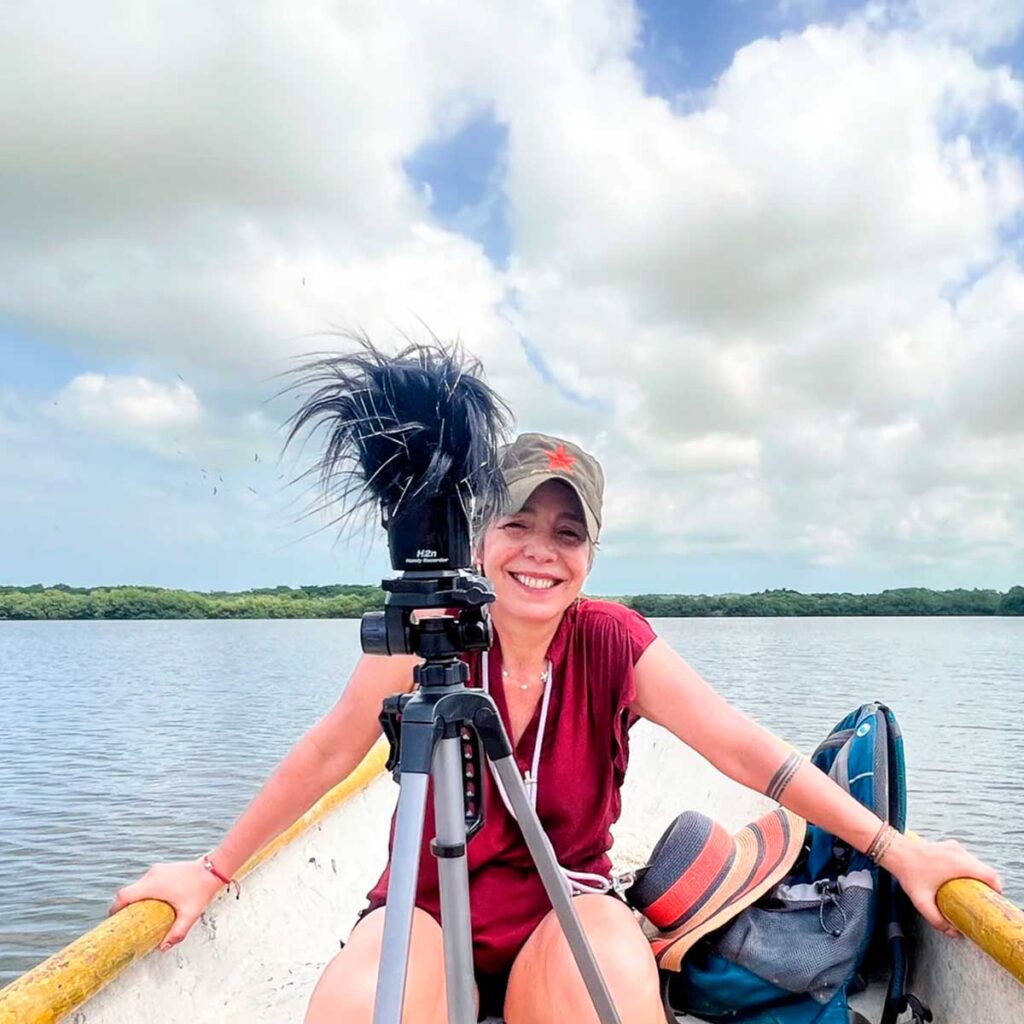
▌Diana María Restrepo
▌April — 2024
Colombian classical percussionist, sound artist and performer. She studied percussion in France, worked as a percussionist for the Orquesta Sinfónica de Venezuela and taught percussion at the Pontificia Universidad Javeriana and the Universidad Autónoma de Bucaramanga. Through her training as a classical percussionist, with experience in experimental and contemporary music, sound has become her main means of creation, opening her work to the perception of the social environment and its multiple voices, the sounds of nature and the rhythmic pulses of space. In her personal and artistic quest, the connection with nature plays an important role. She is co-founder and active member of the multidisciplinary collective VozTerra, which seeks to be an agent of change in reaction to the climate crisis and the protection of biodiversity through sound. She also works as a workshop leader in laboratories that propose listening and connecting with Mother Earth as healing tools.

